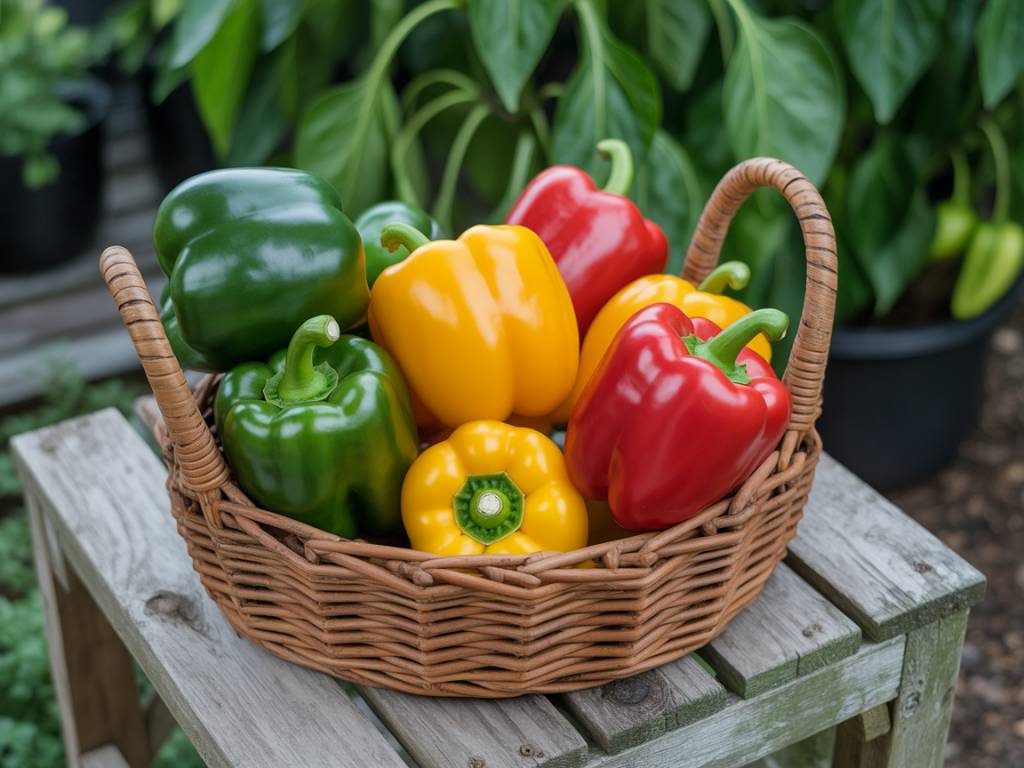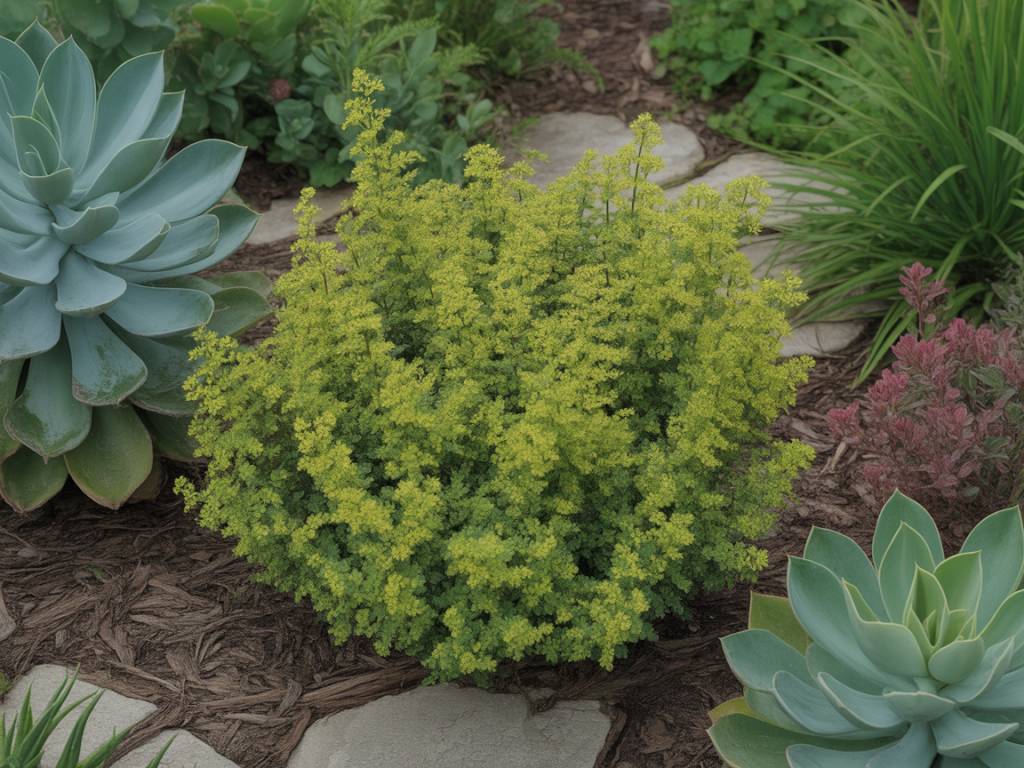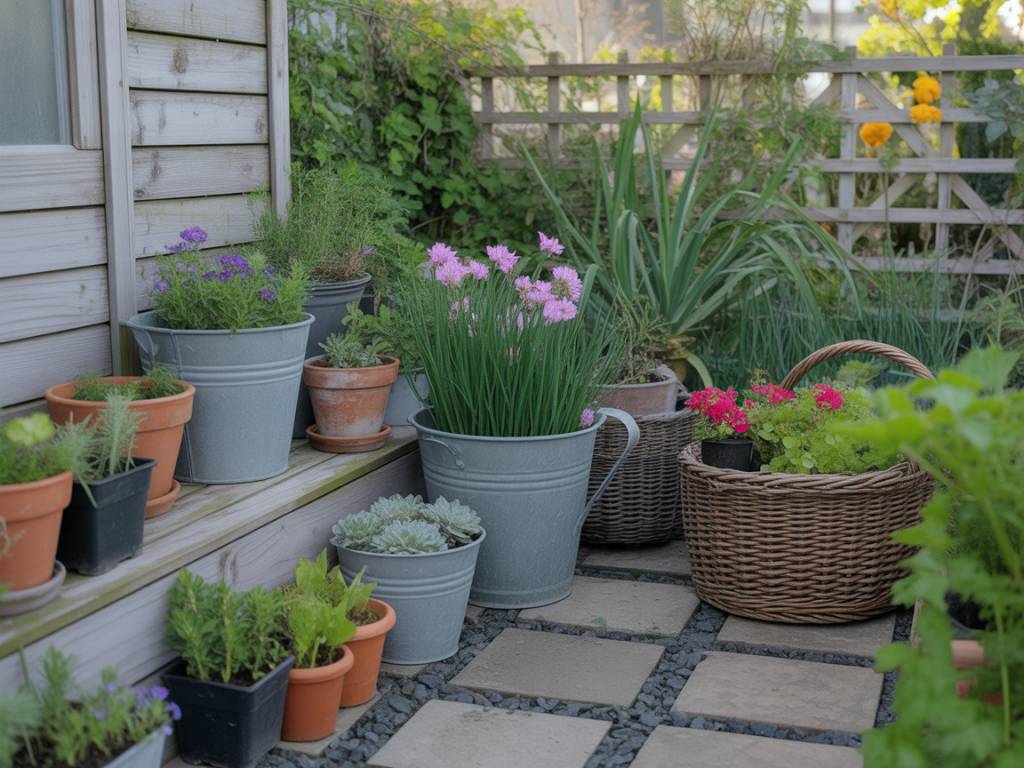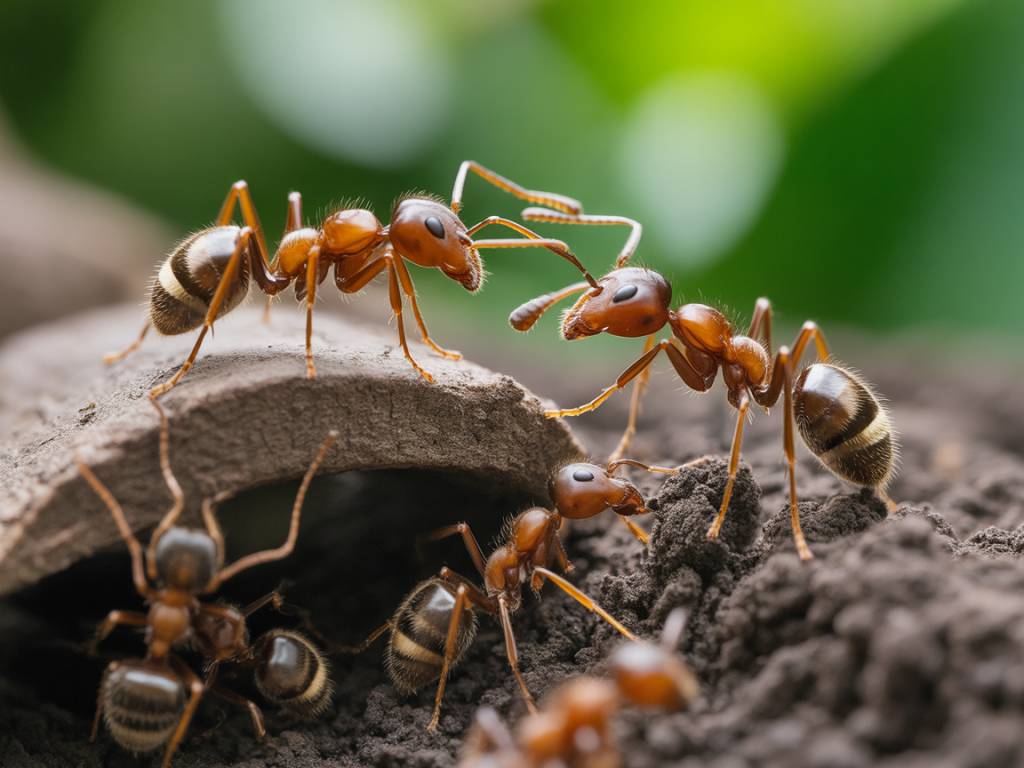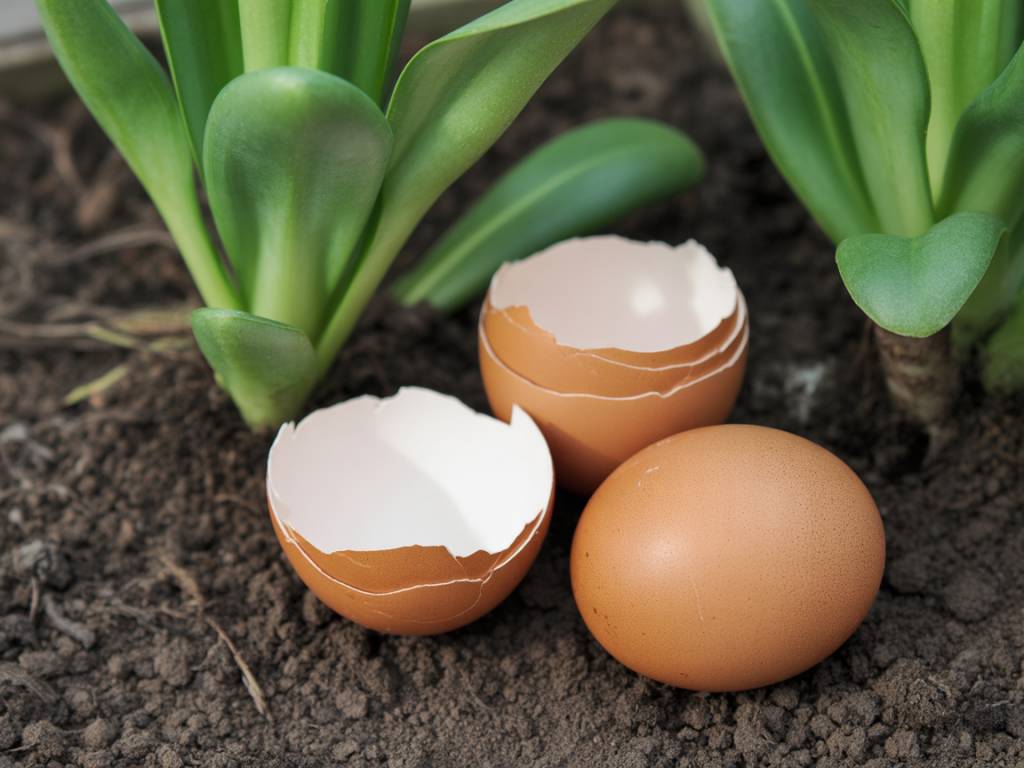There’s a particular kind of happiness that comes from picking your own bell peppers. Their skins shine like little lanterns among the foliage, and for a moment you feel quite sure you’ve done at least one thing right this season. And then comes the very practical question: where do I put them so they stay this beautiful?
Storing bell peppers from the garden isn’t complicated, but it does ask for a bit of care and understanding. With the right touch, you can keep them crisp, colourful and flavourful for weeks – and even longer if you plan ahead.
First step: choosing the right peppers to store
Good storage begins before you even leave the garden. Not every pepper is a good candidate for keeping.
Pick peppers that are:
- Firm to the touch – no soft spots or wrinkles
- Glossy and smooth – dull skin usually means age or stress
- Fully coloured if you want sweetness – red, yellow, orange, or a mature deep green
- Free from cracks, holes or blemishes – even tiny damage can invite mould
Use up first:
- Peppers with small scars or slightly misshapen sides
- Peppers that feel just a little softer than the others
Think of it as making two baskets in your mind: one for eating in the next day or two, and one for storing as long as possible.
Should you wash bell peppers before storing them?
The instinct is often to rush to the sink and wash everything sparkling clean. For bell peppers, it’s better to resist that urge – at least at first.
Do not wash peppers before storing them whole in the fridge. Extra moisture on the skin can encourage mould and soft spots.
Instead:
- Gently brush off any soil or debris with your hands or a dry cloth
- Handle them carefully so you don’t bruise the skin
Only wash peppers:
- Right before using them fresh
- Or just before preparing them for freezing, drying or pickling
Think of their skin like a light raincoat – it’s already doing a good job of protecting what’s inside. No need to soak it.
Where to store fresh bell peppers for short-term use
If you plan to eat your peppers within one to two weeks, the refrigerator is your best ally. But not just any spot in the fridge will do.
Ideal place: the crisper drawer
The crisper drawer is designed to keep produce at a slightly higher humidity than the rest of the fridge, which helps peppers stay plump and crisp.
Best conditions for bell peppers:
- Temperature: about 7–10°C (45–50°F) if possible, but standard fridge temperature (4°C / 40°F) is fine
- Humidity: moderate to high, but not dripping wet
How to store them in the fridge:
- Place whole, unwashed peppers in a paper bag or a perforated plastic bag
- Alternatively, lay them in a single layer in the crisper drawer, not packed too tightly
- Keep them away from very wet vegetables (like cut lettuce) and fruits that release lots of ethylene (such as apples and ripe bananas)
Stored this way, firm, healthy bell peppers typically keep:
- 7–10 days for fully coloured peppers (red, yellow, orange)
- Up to 2 weeks for green peppers, which are slightly less mature and often a bit tougher
Storing cut bell peppers
Once you slice into a pepper, the clock speeds up. The exposed flesh loses moisture more quickly and is more vulnerable to bacteria and mould.
To store cut bell peppers:
- Remove seeds and white membranes
- Pat the pieces dry after washing
- Place them in an airtight container or a resealable bag
- Line the container or bag with a dry paper towel to absorb excess moisture
- Keep them in the fridge, ideally in the crisper drawer
Cut peppers stay at their best for about 3–5 days. They’ll usually still be safe to eat a bit longer, but they may lose their crunch and start to soften at the edges.
If you already know you won’t use those cut peppers in the next day or two, it’s worth skipping straight to freezing instead of letting them languish sadly in the back of the fridge.
Freezing bell peppers for long-term storage
When the garden is generous and you have more peppers than recipes, the freezer becomes your winter pantry. Frozen bell peppers won’t keep their raw crunch, but they’re perfect for cooking: stir-fries, sauces, stews, omelettes, pizzas and more.
Here’s a simple way to freeze them so they don’t all clump into one icy lump.
1. Wash and dry
- Rinse peppers under cool water
- Dry thoroughly with a clean cloth or paper towel
2. Prepare the peppers
- Remove stems, seeds and white membranes
- Cut into strips, rings or diced pieces, depending on how you like to cook with them
3. Optional: blanching
Bell peppers can be frozen raw, and many gardeners happily do so. If you want to preserve colour and flavour a bit better, you can blanch them:
- Drop pieces into boiling water for 1–2 minutes
- Immediately plunge into ice-cold water to stop cooking
- Drain and dry thoroughly
4. Freeze individually
- Spread the pieces in a single layer on a baking tray
- Place in the freezer for 1–2 hours, until firm
This “open freezing” step keeps them from freezing into one big block.
5. Pack for storage
- Transfer frozen pieces into freezer bags or containers
- Press out as much air as possible before sealing
- Label with the date and pepper variety (it’s surprising how similar everything looks in mid-January)
Frozen bell peppers are best used within 8–10 months for optimum flavour and texture, though they’re usually safe beyond that if kept constantly frozen.
To use, add them straight from the freezer to your hot pan or sauce – no need to thaw first.
Can you store bell peppers at room temperature?
Freshly picked peppers look so lovely in a bowl on the table, it’s tempting to leave them there. You can, but with a few caveats.
Bell peppers will keep at room temperature for a short time if your kitchen is cool and dry:
- Ideal: around 18–20°C (64–68°F)
- Away from direct sunlight and heat sources
- On a breathable surface (a basket or wooden tray), not in a sealed plastic bag
At these conditions, they might last 2–3 days in good shape. In hot summer kitchens, that window shrinks quickly.
Room-temperature storage works best if:
- You plan to use the peppers very soon
- You want them to continue ripening a bit (for example, green peppers starting to gain a blush of red)
If your goal is to keep them crunchy and fresh for more than a couple of days, the fridge is the safer, calmer home.
What about storing bell peppers in the garden shed or cellar?
Gardeners often turn to cellars, sheds or garages as extra storage space when the house feels overrun with harvest. Bell peppers, however, are not like pumpkins or onions; they are more delicate.
Peppers prefer:
- No exposure to frost
- Stable temperatures (not swinging from chilly nights to warm days)
- Good air circulation
A cool, frost-free cellar can work for short-term storage if it stays around 10–15°C (50–59°F) and is not too damp. Lay the peppers in a single layer in shallow crates or trays, checking them regularly.
Garden sheds and garages are often too variable in temperature and humidity. A sudden cold night can damage the peppers before you even realise, leaving them soft and watery within days.
If you do try cellar or shed storage, treat it as an experiment with a small batch, and keep the rest safe in the fridge or freezer.
Ripening green peppers indoors
Sometimes the season turns faster than the peppers do. You’re left with plants full of firm, green fruits when the first whispers of frost appear in the forecast. All is not lost.
Mature green peppers can continue to ripen and colour indoors, under the right conditions.
To ripen them:
- Pick only full-sized, firm green peppers
- Gently wipe off any moisture or soil
- Place them in a single layer in a cardboard box or shallow tray
- Keep them at room temperature, out of direct sunlight
To encourage faster ripening, place an apple or ripe tomato in the box with them. These fruits release ethylene gas, which nudges the peppers along their ripening path.
Check the peppers daily:
- Remove any that develop soft spots
- Use those that start to colour first; they often ripen unevenly
Once peppers reach the colour you like (or nearly so), move them to the fridge to slow the process and keep them fresh for eating.
Avoiding common storage mistakes
A few small missteps can dramatically shorten the life of your bell peppers. Happily, they’re easy to avoid once you know them.
- Storing with too much moisture
Wet skins, condensation inside bags or very damp crisper drawers all speed up decay. Keep peppers dry, and use paper towels or breathable bags when you can. - Piling peppers in deep heaps
The weight at the bottom can bruise the peppers, creating hidden soft spots that quickly spread. A shallow layer is kinder. - Trapping them with ethylene-heavy fruits
Apples, ripe pears and bananas can cause peppers to age faster. Keep them in a different drawer if possible. - Forgetting to check your stash
One mouldy pepper in the corner of a drawer can influence its neighbours. A quick weekly inspection saves the rest of the harvest. - Leaving them in sealed plastic straight from the garden
Warm peppers in a closed plastic bag create their own little sauna – perfect for mould, unfortunate for storage. Let them cool and dry before closing them up.
Preserving bell peppers beyond fresh storage
Even with the best storage habits, there are moments when the garden overflows. It’s a gentle luxury problem: too many peppers, not enough meals. That’s when traditional preserving methods step in.
Alongside freezing, you might like to explore:
- Roasting and bottling
Roast peppers until their skins blister and blacken, peel them, then marinate in olive oil, garlic and herbs. Store in the fridge for several days (or longer if following a safe, tested canning recipe). Perfect for sandwiches, salads and antipasti platters. - Pickling
Slice peppers into rings or strips and pour over a hot vinegar brine with spices. Once cooled and sealed, they keep in the fridge for weeks and bring bright flavour to winter meals. - Dehydrating
Dry thin strips or small pieces in a dehydrator or very low oven until brittle. Store in airtight jars. Rehydrate in warm water or crumble into soups, sauces and stews.
These methods don’t replace good storage of fresh peppers, but they extend the life of your harvest and give you lovely little jars of colour to reach for when the garden is asleep.
With a bit of thought about where your bell peppers rest after leaving the plant – whether in the cool whisper of the fridge, the quiet of the freezer or a jar on the pantry shelf – you transform a fleeting summer harvest into something that lingers. Each crisp slice or tender roasted strip becomes a reminder of warm soil, bright mornings and that simple satisfaction of carrying a basket back from the garden, full to the brim.

